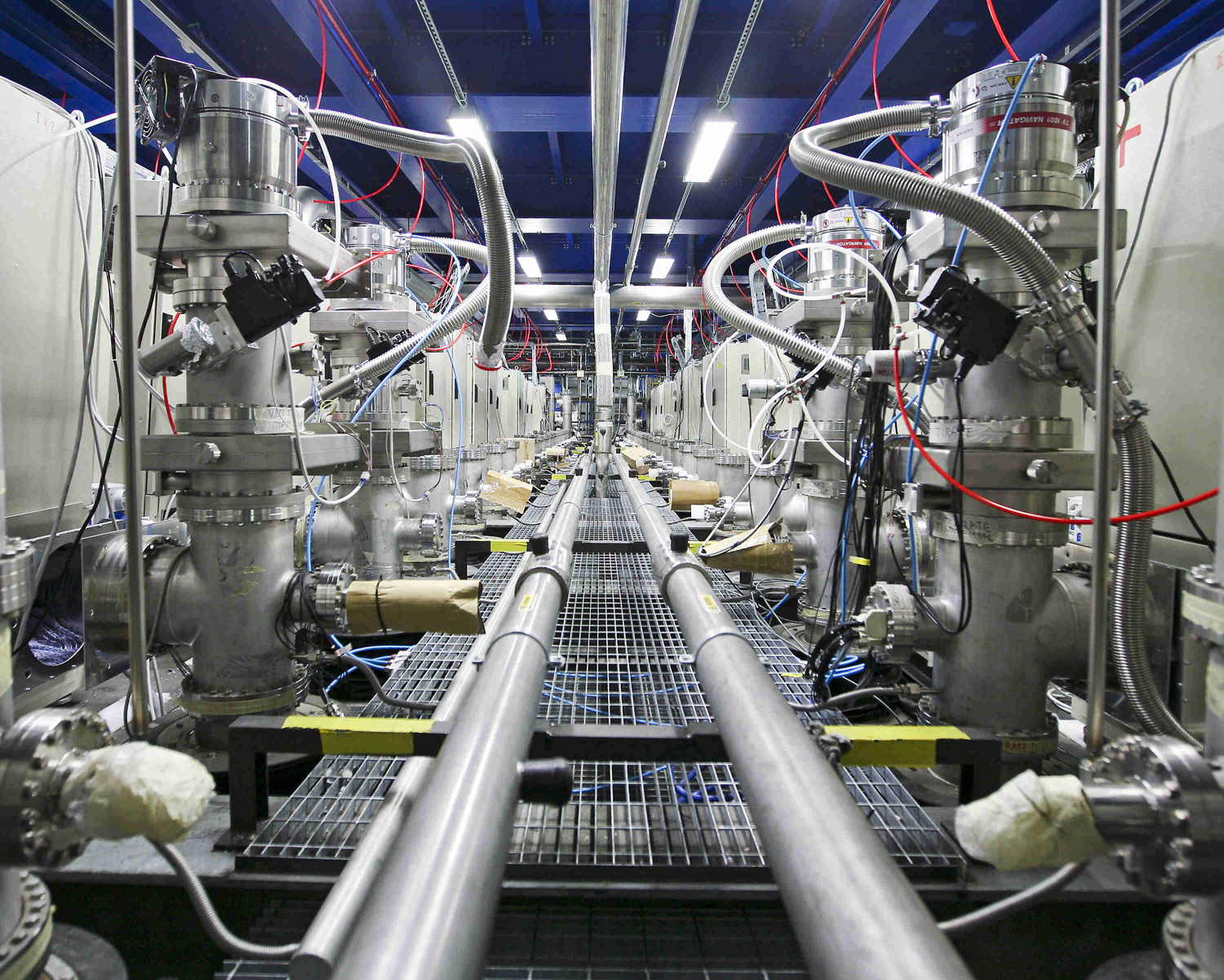ICARUS neutrino experiment to move to Fermilab
A group of scientists led by Nobel laureate Carlo Rubbia will transport the world’s largest liquid-argon neutrino detector across the Atlantic Ocean to its new home at the U.S. Department of Energy’s Fermi National Accelerator Laboratory.

